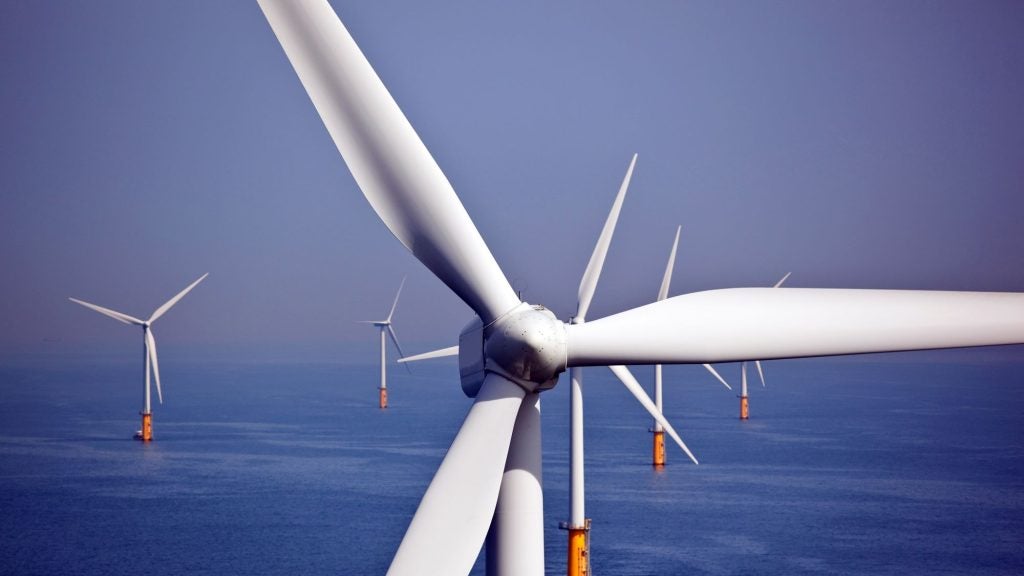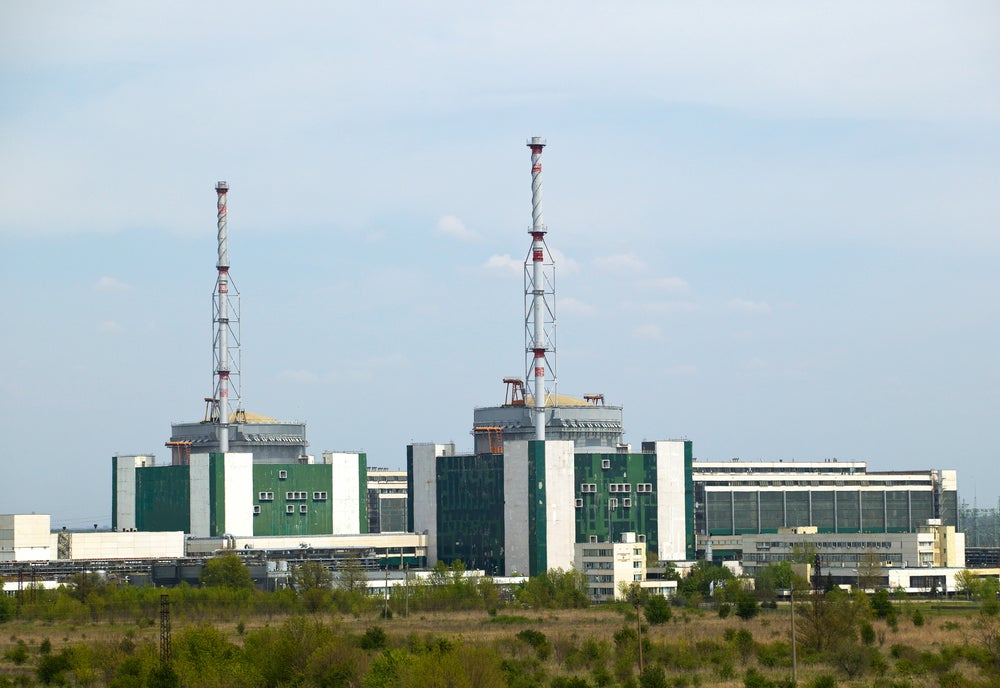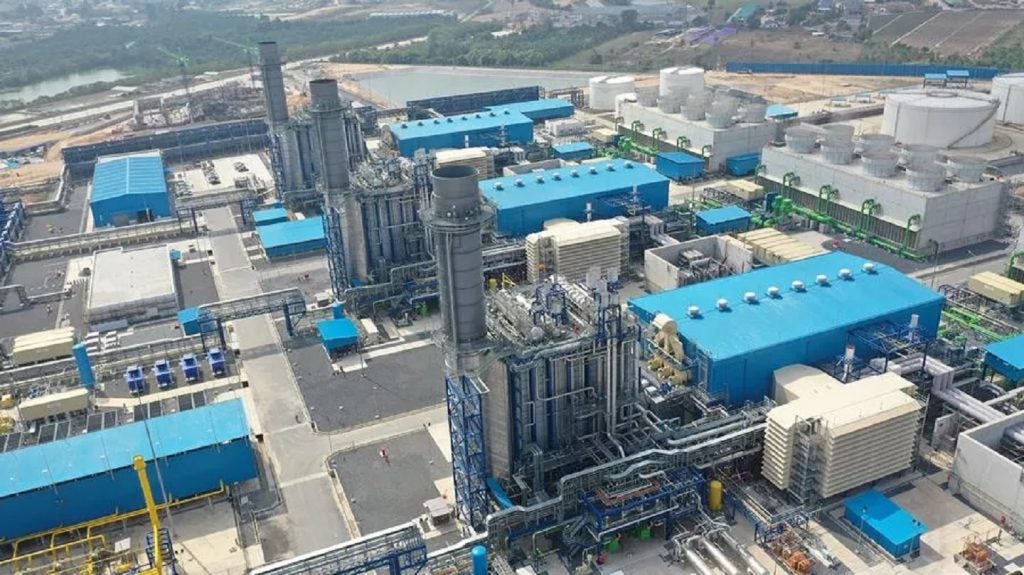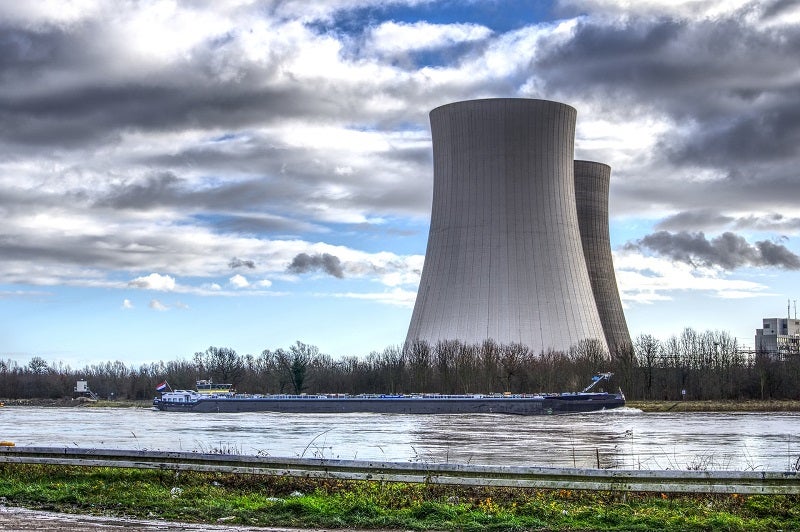Bhimasamudra is a 50.4MW onshore wind power project. It is located in Karnataka, India. According to GlobalData, who tracks and profiles over 170,000 power plants worldwide, the project is currently active. It has been developed in multiple phases. Post completion of construction, the project got commissioned in September 2008. Buy the profile here.
Description
The project is currently owned by NSL Renewable Power with a stake of 100%.
The project generates 147,430MWh electricity thereby offsetting 136,425t of carbon dioxide emissions (CO2) a year.
Development status
The project is currently active. The project got commissioned in September 2008.
Power purchase agreement
The power generated from the project is sold to Bangalore Electricity Supply under a power purchase agreement, starting from 2009.
See Also:
Contractors involved
Bhimasamudra (Bhimasamudra I) is equipped with Regen Powertech FD2.5-300-LH turbines. The phase consists of 6 turbines with 1.5MW nameplate capacity.
Bhimasamudra (Bhimasamudra II) is equipped with Regen Powertech FD2.5-300-LH turbines. The phase consists of 7 turbines with 1.5MW nameplate capacity.
Bhimasamudra (Bhimasamudra III) is equipped with Regen Powertech FD2.5-300-LH turbines. The phase consists of 4 turbines with 1.5MW nameplate capacity.
Bhimasamudra (Bhimasamudra IV) is equipped with Suzlon Energy S88-2.1 MW turbines. The phase consists of 4 turbines with 2.1MW nameplate capacity.
Bhimasamudra (Bhimasamudra V) is equipped with Regen Powertech FD2.5-300-LH turbines. The phase consists of 11 turbines with 1.5MW nameplate capacity.
For more details on Bhimasamudra, buy the profile here.
Premium Insights
From

The gold standard of business intelligence.
Blending expert knowledge with cutting-edge technology, GlobalData’s unrivalled proprietary data will enable you to decode what’s happening in your market. You can make better informed decisions and gain a future-proof advantage over your competitors.







